Matsue Horanenya - Amanohashidate
| Travel Reports by Aaron Chong | view profile of Aaron Chong |
| previous post |
| next post |
| Note: The opinions and views expressed in this user report are those of the individual author and do not necessarily reflect the opinions and views of japan-guide.com. |
May 28, 2019 - Matsue Horanenya - Amanohashidate
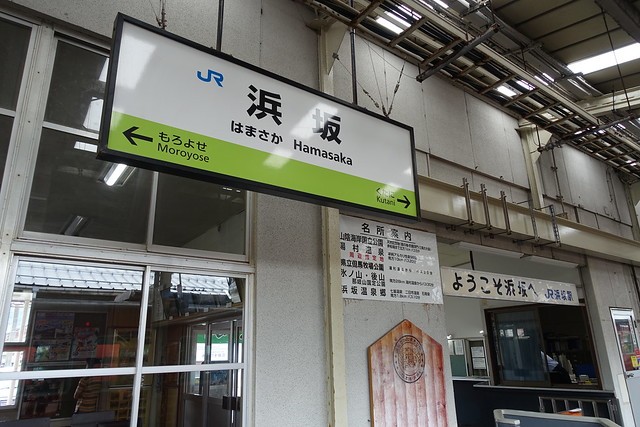
The Horanenya Festival of Matsue was already over and it was time to enter the Kansai Region from Tottori for some sightseeing before returning home from Kansai Airport.
After seeing the sand dunes of Tottori, I used the JR Kansai Wide Area Pass and boarded a local train from Tottori to Hamasaka, located in Hyogo Prefecture. From Hamasaka, I boarded the Hamakaze Limited Express to my next stop.
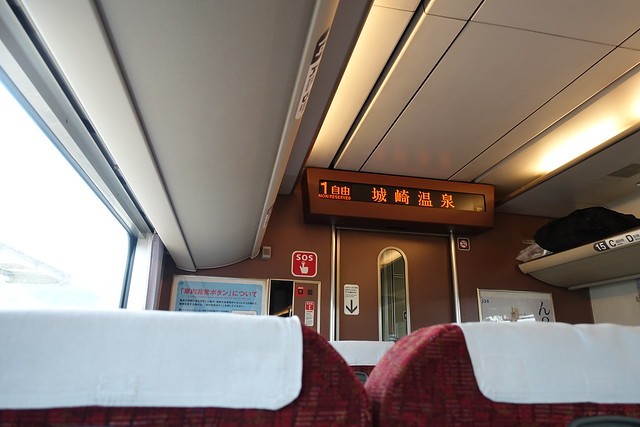
Unfortunately, there was no time to have a dip at Kinosaki Onsen. I alighted the train at the next station, Toyooka, where I switched to the Kyoto Tango rail service to my next destination, Amanohashidate. Free travel along the entire Kyoto Tango network was included in the JR Kansai Wide Area Pass.


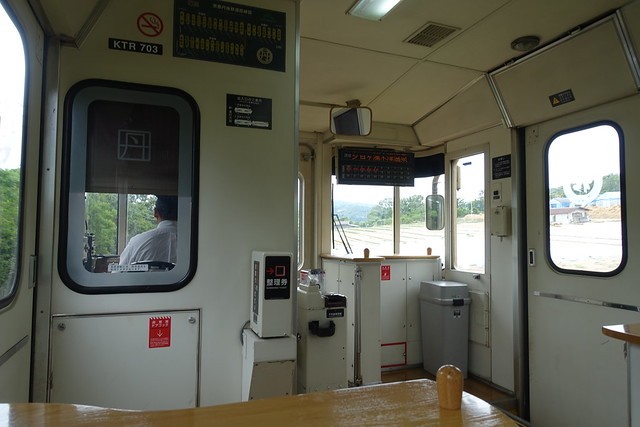

I finally arrived at Amanohashidate, one of the three great sceneries of Japan. Visiting Amanohashidate had been on my bucket list for quite a while as I have visited Matsushima and Miyajima before. As expected, the weather turned cloudy again and according to the weather forecast, it would rain on the next day. This however was a reprieve for me as the weather during the weekend was so hot due to the abnormal heatwave.
I had reserved two nights in Amanohashidate at a minshuku called Minshuku Kataoka, located at the other end of the sandbar from Amanohashidate station. Since I had plenty of energy left, I decided to save some money and walk along the sandbar all the way to Kataoka.
Since I had spent a considerable amount of time in the San'in Region, I felt like I have stepped into a different world after my arrival at Amanohashidate. The town definitely felt like Kyoto after seeing the shops and the lavish Chionji Temple along the way. Amanohashidate definitely felt like Kyoto on the Sea.
My leisurely walk from the station to Minshuku Kataoka only took about an hour, including stops to take pictures of the sights along the way. I arrived just in time for some much needed relaxation in the bath and a nice seafood dinner to end the day.
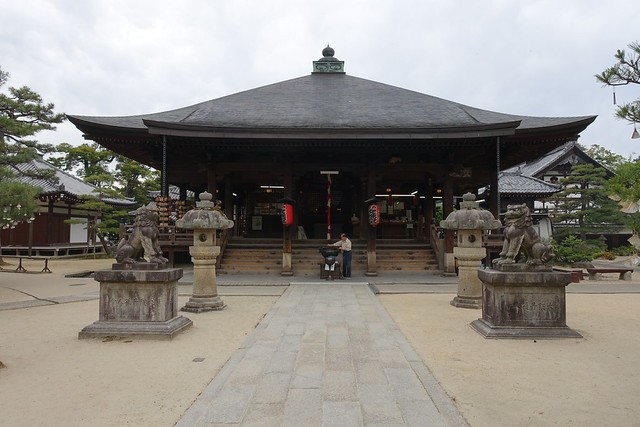
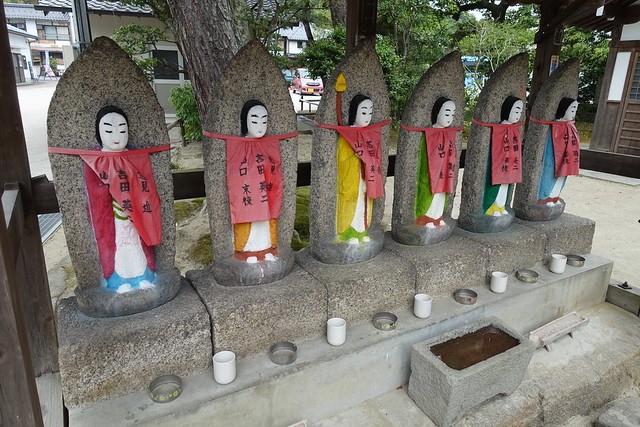
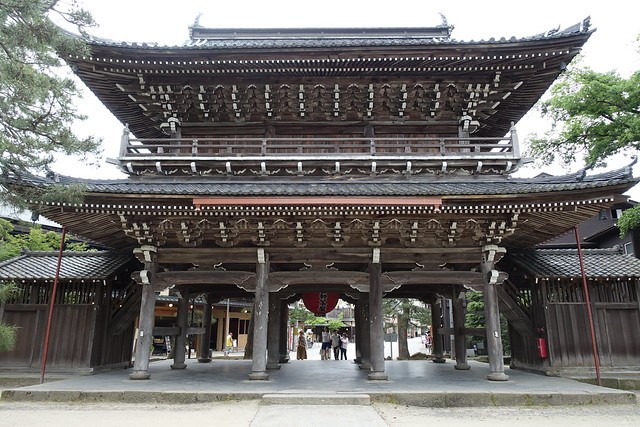
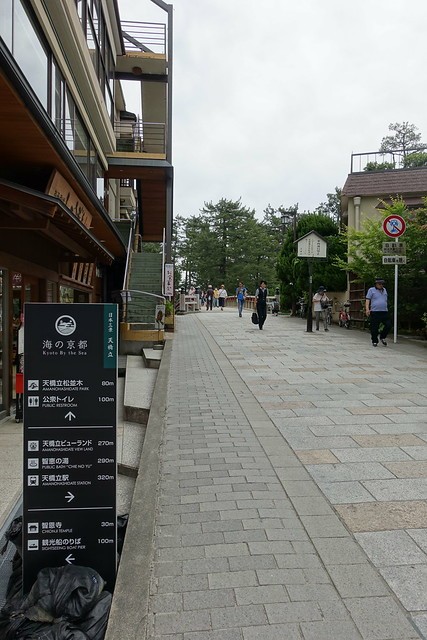
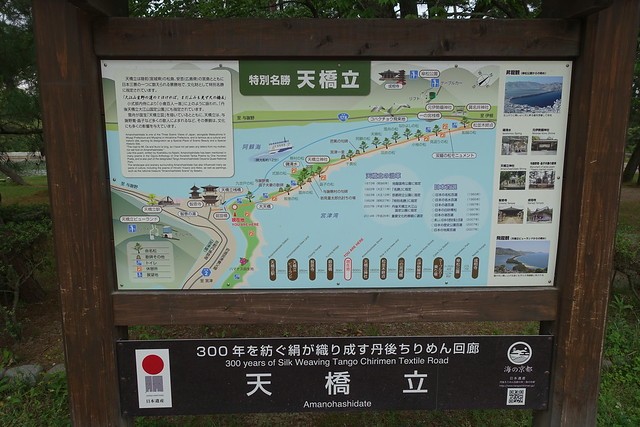
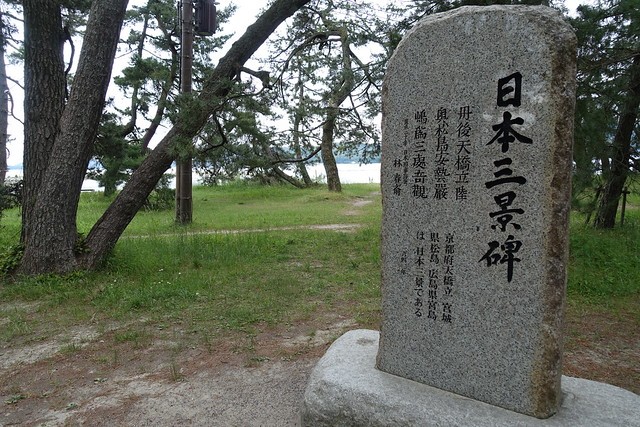
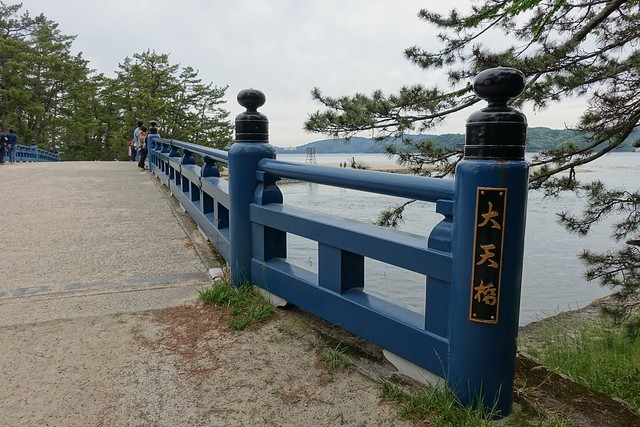
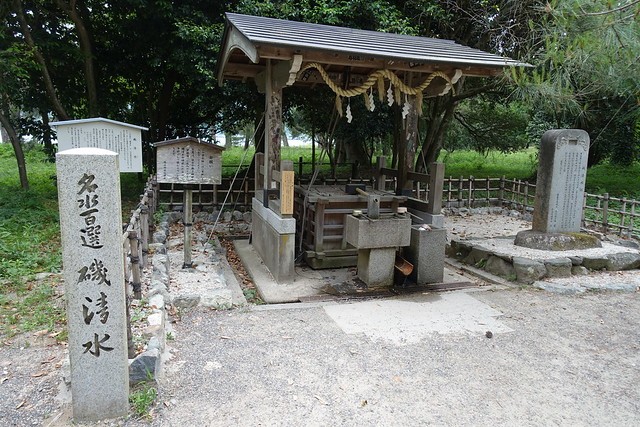
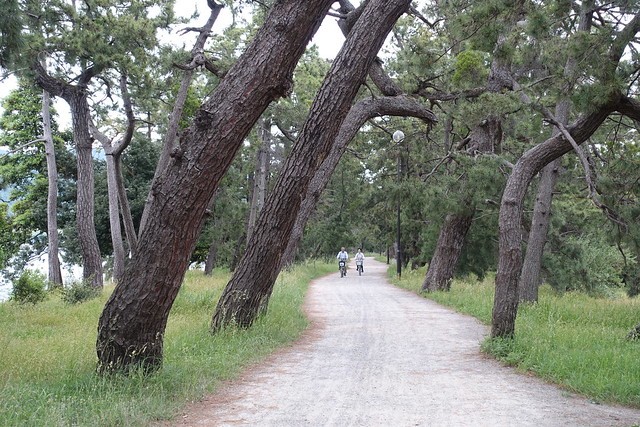
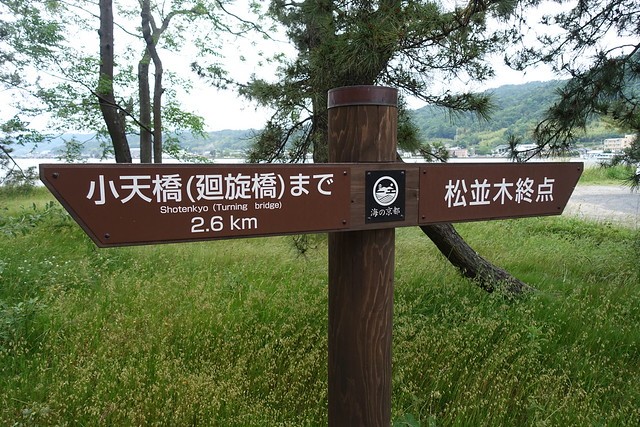
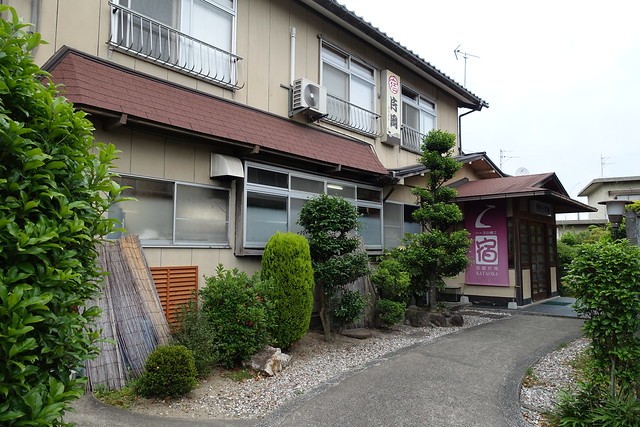
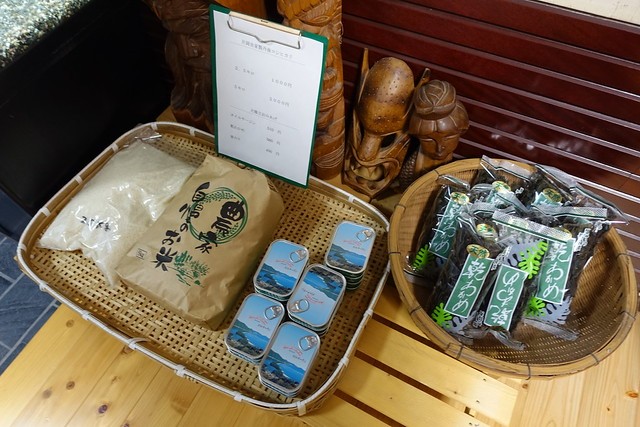

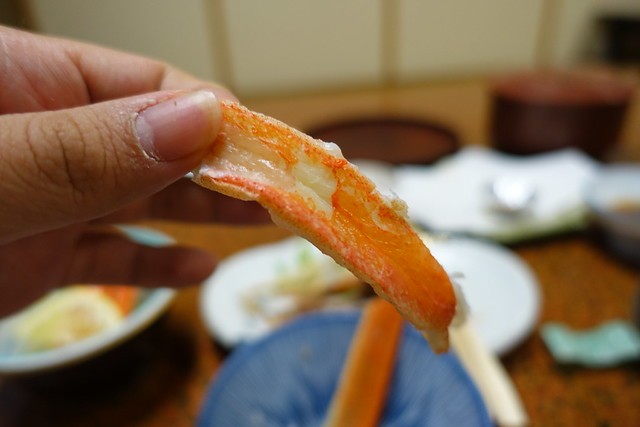
I started my first full day in Amanohashidate with a trip to Kasamatsu Park to see the sandbar of Amanohashidate from above.
From Minshuku Kataoka, I walked toward the Motoise Kono Shrine and passed through the shrine to the Fuchu cable car station at the foot of the hill of Kasamatsu Park. I bought a return ticket that included a return bus ride between Kasamatsu Park and a temple called Nariaiji.
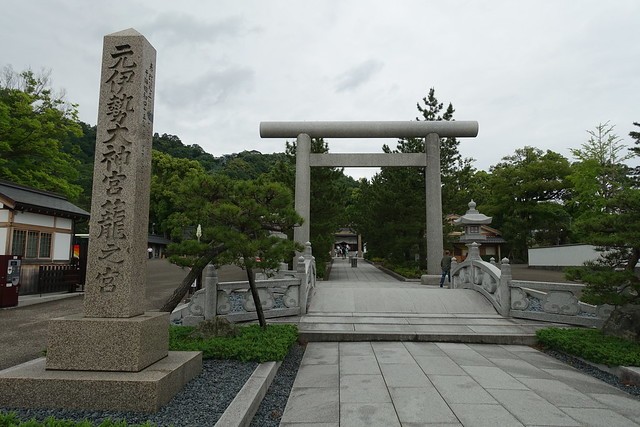
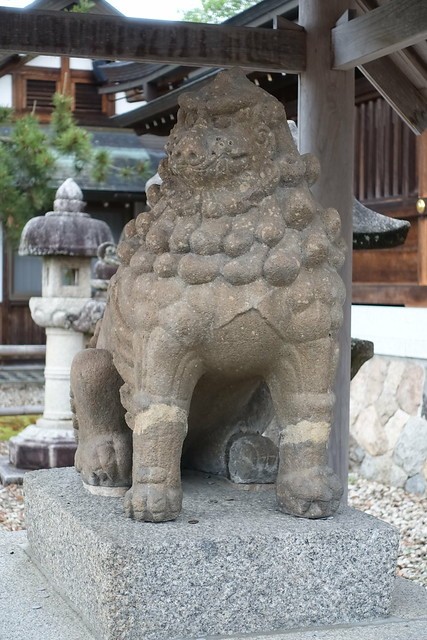
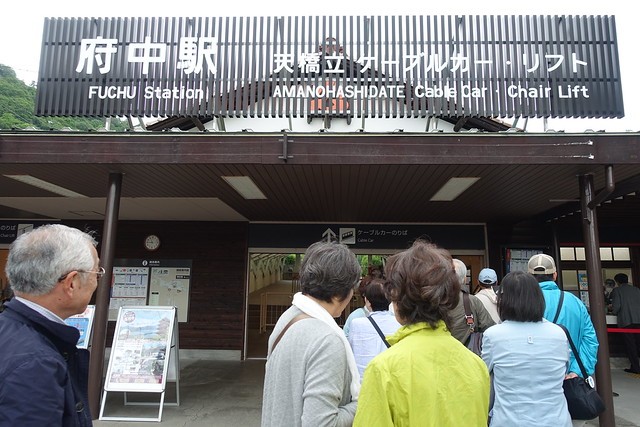
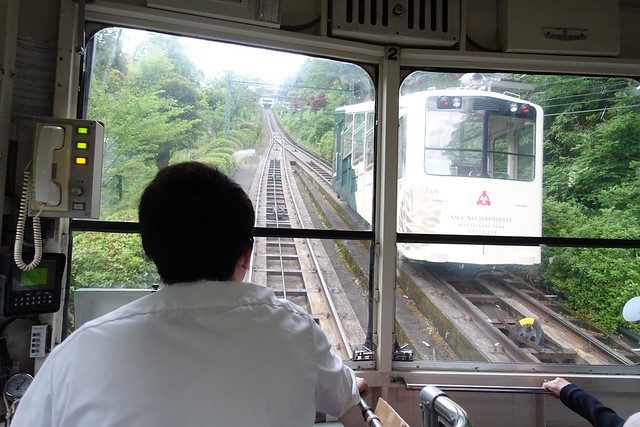
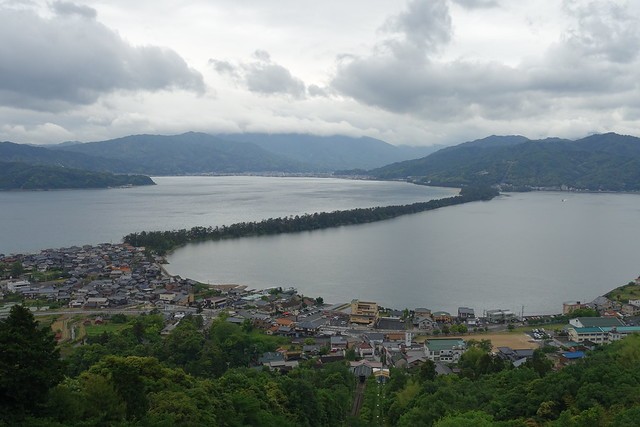
I arrived at Kasamatsu Park just in time to see a clear view of the Amanohashidate sandbar, by bending over and seeing through my legs just like the locals do of course! This touristy act is known as Matanozoki and by seeing the sandbar upside down through the legs, the sandbar will resemble a dragon flying in the air.

After doing the Matanozoki, I took the bus to Nariaiji Temple, located further uphill from Kasamatsu Park. Nariaji was said to be a temple where your wishes will definitely come true if you pray there. As predicted by the weather forecast, it started to rain after reaching Nariaiji.
I saw some signs that mentioned JPY300 for something called nyuzanryo ō³ÄRŚ┐ and thought I needed to pay to enter the temple grounds. At the ticket counter, I asked about this and the staff explained that JPY300 was only need if you want to step inside the temple and get a stamp. This meant that the temple grounds are free to enter and wander around.

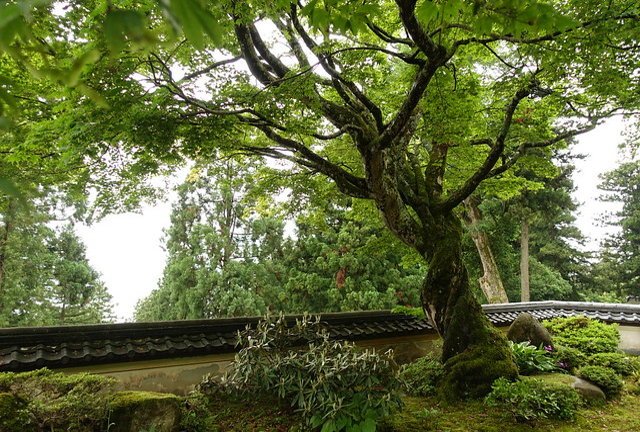
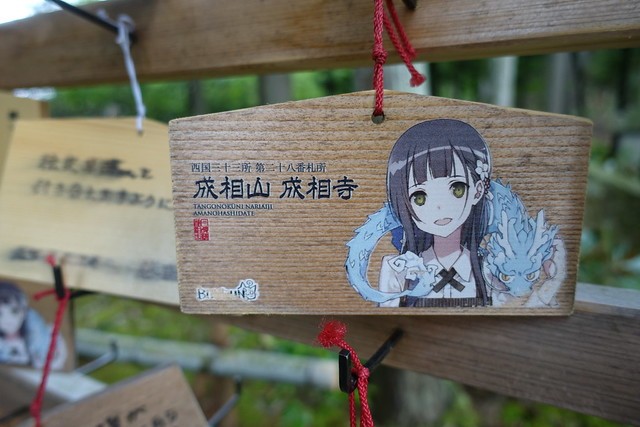

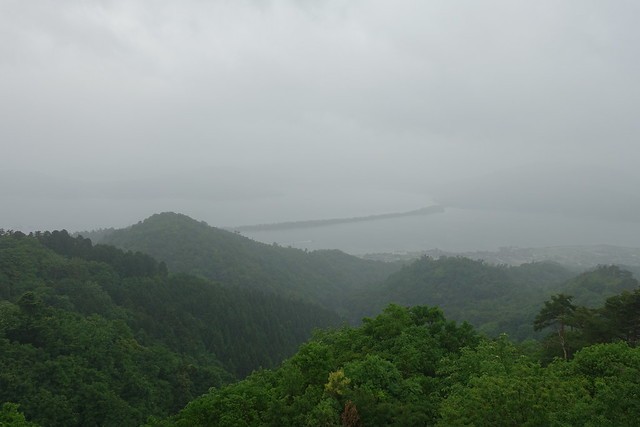
After visiting Nariaiji, I took the bus back to Kasamatsu Park and the cable car back to the foot of the hill. I found a place to have some hot cocoa and wait for the rain to subside before boarding the bus to my next stop, Ine.

Ine is known as one of the most beautiful (if not the most beautiful) fishing villages of Japan and is famous for its wooden houses located right next to the sea. The bus ride from Fuchu Station to Ine only cost JPY200 and in my opinion, a highly worthwhile place to have a meal and relax after viewing Amanoshidate.
After arriving at Ine, I dropped by at the tourist information office and asked about Ine's famous rock oysters, or Iwagaki in Japanese. The lady at the counter asked where I was from and how I knew about Ine. Apparently, not many foreign tourists visited Ine except those from Taiwan or Hong Kong. I told the lady that I learned about Ine from www.japan-guide.com and a travel documentary about Ine and its rock oysters. The lady recommended a place called Wadatsumi, less than 10-minutes on foot from the tourist office.


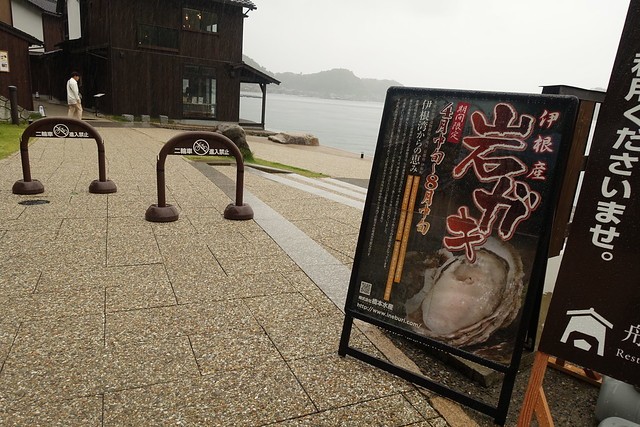
My lunch at Wadatsumi was definitely not cheap as one serving of rock oysters cost about JPY1700. However, the oysters were really huge, fresh, plump and juicy. I tried to eat the oysters the usual way by hold the shell and sliding the meat down to my mouth but realized that the meat had already been cut into two. I could've just picked up the oyster meat with my chopsticks while keeping the shell and the garnishes intact.
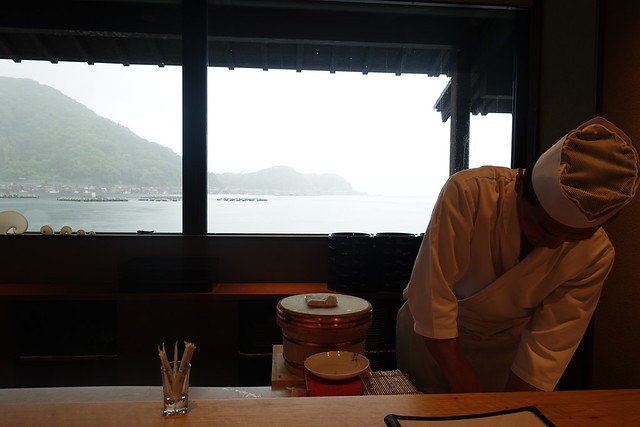
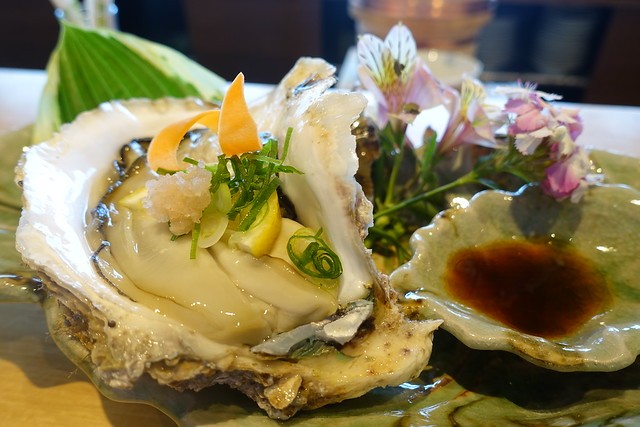
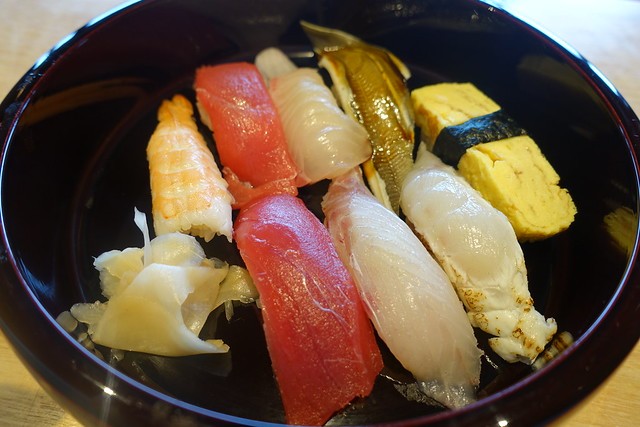
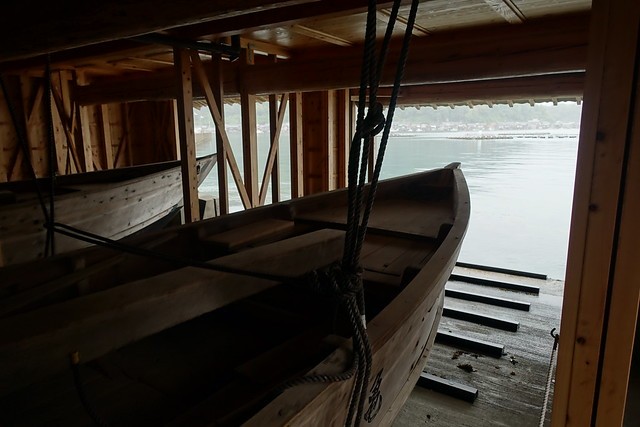
I found a cafe right next to Wadatsumi and had some coffee and cake while taking shelter from the rain. I tried their seasonal mugwort chiffon cake and it was soft and delicious.
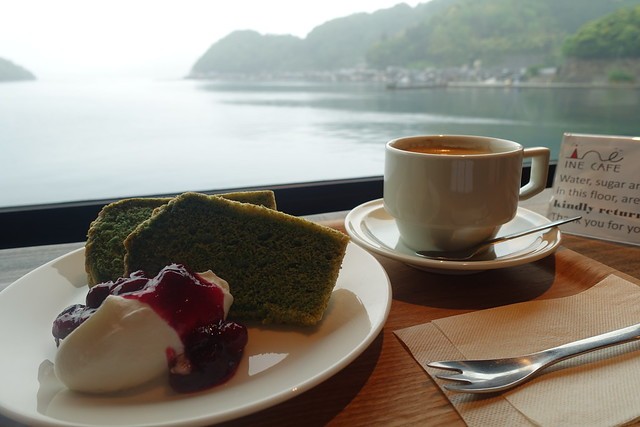

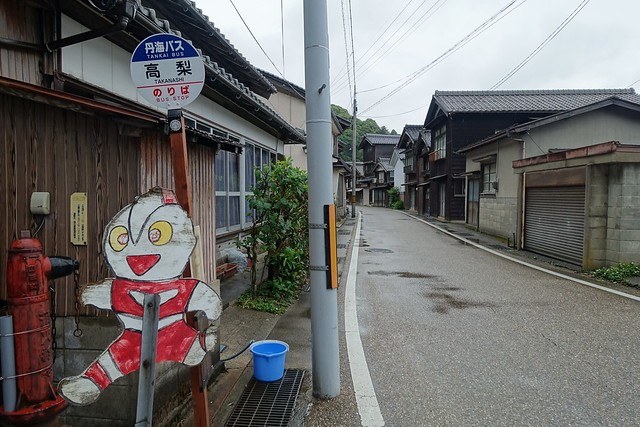
After coffee and dessert, I decided to head back to the minshuku as there was nothing else much to do and the rain did not seem to be stopping. I skipped the boat tour around the bay of Ine since the weather was bad and not worth it in my opinion.
Despite the rainy weather, I enjoyed my leisurely time in Amanohashidate and found Ine to be a very charming place. I was especially glad that the weather cooled down considerably after the heatwave last weekend. Hopefully, the weather would not become hot again when I go to Kyoto on the next day.
| previous post |
| next post |
